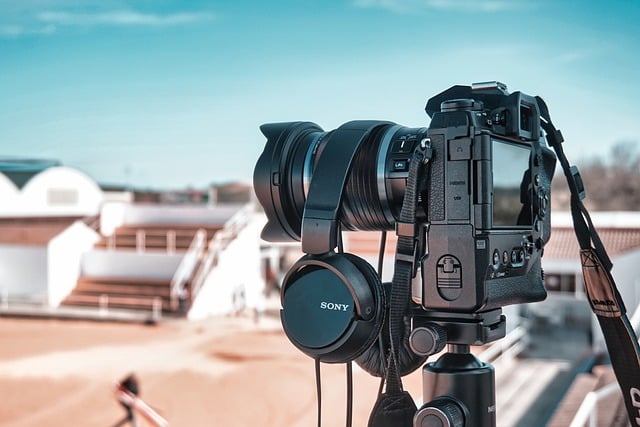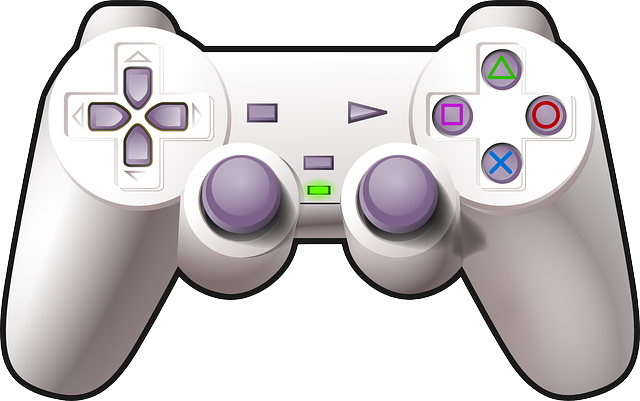Video compression techniques, lossy vs. lossless, impact streaming and storage. For smooth Smart TV playback, choose the right codec like DivX Plus or Advanced for high-quality video. Ensure compatibility by testing with apps like VLC or MX Player, enabling hardware acceleration and adjusting codec settings for optimal viewing experience.
Unleash the full potential of your smart TV by learning to play DivX videos seamlessly. This guide delves into the art of video compression, breaking down essential concepts and types. Discover how choosing the right DivX codec can ensure superior quality for your entertainment. We provide practical tips for implementation and testing, enabling you to enjoy a smooth, high-quality experience while playing DivX on your smart TV.
Understanding Video Compression: The Basics and Types

Video compression is a process that reduces the size of video files while preserving their original quality as much as possible. It’s crucial for streaming and storing videos efficiently, ensuring seamless playback experiences on various devices, including Smart TVs. Understanding this process is essential when you want to play DivX on your Smart TV or any other platform.
There are two primary types: lossy and lossless compression. Lossy methods, such as MPEG-4 (H.264) and HEVC (H.265), remove certain data considered less perceptible by the human eye, thereby achieving larger file size reductions. This is commonly used in streaming services and online videos. On the other hand, lossless compression algorithms like DivX maintain all original video information, resulting in smaller but still sizable files compared to their uncompressed counterparts, ideal for archiving or when quality preservation is paramount.
Choosing the Right DivX Codec for Optimal Quality on Smart TVs

When it comes to playing DivX on Smart TVs, selecting the appropriate codec is key to maintaining optimal video quality. The DivX codec family offers several options tailored for different needs and devices. For modern smart TVs with advanced hardware capabilities, choosing the latest DivX Plus or DivX Advanced codecs ensures seamless playback of high-definition content without any noticeable loss in picture clarity or color accuracy.
These codecs incorporate sophisticated compression techniques that preserve fine details, sharp edges, and vibrant colors, making them ideal for 4K and HDR video formats commonly supported by modern smart TVs. By picking the right DivX codec, users can enjoy their favorite videos and movies on their Smart TV without sacrificing visual excellence, thus enhancing the overall viewing experience.
Implementing and Testing: Tips for Seamless Experience with DivX on Smart TV

Implementing and testing DivX compatibility on your smart TV is a crucial step to ensure a seamless viewing experience. Start by checking if your television model supports DivX decoding; many modern Smart TVs do, but it’s always best to verify. Once confirmed, download and install a suitable DivX player app from your TV’s application store. Popular options include VLC or MX Player, both known for their robust video handling capabilities.
During setup, ensure you enable hardware acceleration within the player settings for optimal performance. Test various video formats and resolutions to confirm smooth playback. Adjusting codec settings can also enhance compatibility with older DivX-encoded videos. Remember, the goal is to maintain video quality while enabling you to play DivX content effortlessly on your Smart TV.
Video compression is no longer a trade-off between file size and quality, thanks to modern codecs like DivX. By choosing the right codec and implementing efficient testing practices, you can seamlessly play DivX content on your smart TV without sacrificing visual excellence. Now, it’s time to explore and enjoy a vast library of videos in superior quality, tailored for your modern display.
